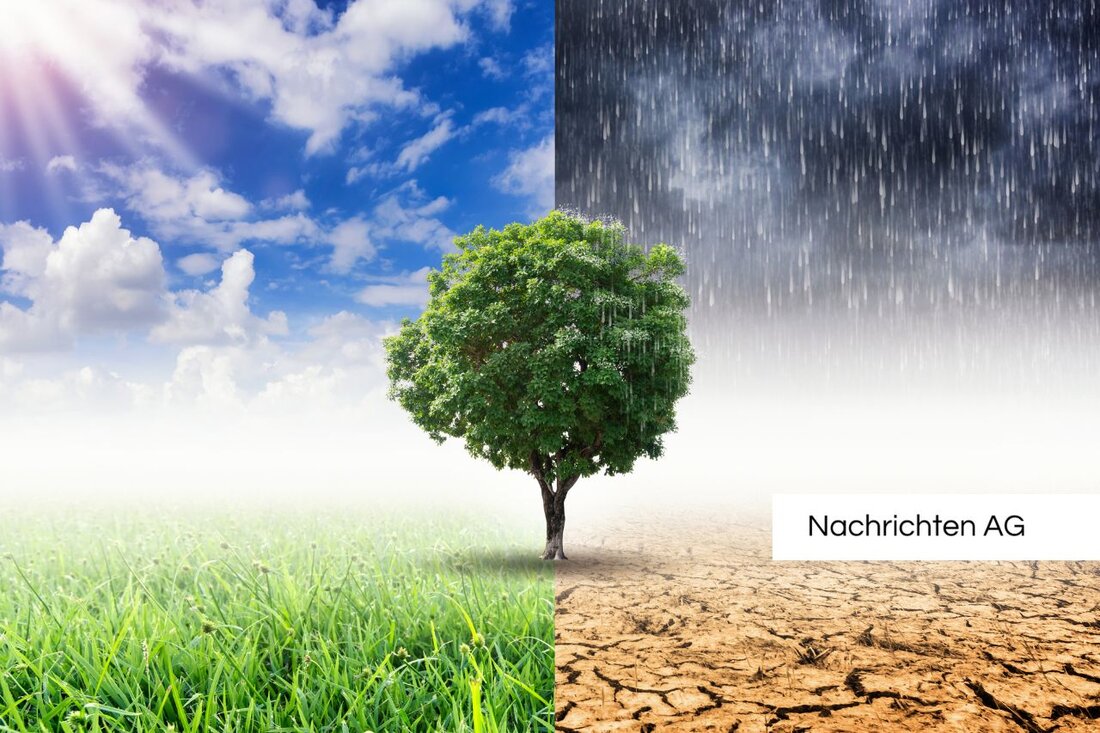White storks in Schleswig-Holstein: record number of 580 breeding pairs!
The white stork population in Schleswig-Holstein could increase to 580 breeding pairs in 2025, an increase of 15% compared to last year.

White storks in Schleswig-Holstein: record number of 580 breeding pairs!
Did you know that the white stork population in Schleswig-Holstein could rise to record levels? This year the number of breeding pairs is expected to increase to 580, which means an increase of 80 pairs, i.e. around 15%, compared to last year. The last time there were this many breeding pairs was in 1969, when the population was 579 pairs. NDR reports, that the number of breeding pairs has been reduced in recent years by droughts in Central Africa, but this does not seem to last. What is particularly interesting is that the storks no longer migrate eastwards, but instead orient themselves westwards and overwinter in Spain, which reduces their energy consumption and reduces the risk of accidents.
The new routes lead across the Benelux countries and last around a week to a week and a half. This year the number of young storks could also increase to 960. The increase is particularly pleasing in some districts: in Dithmarschen there was a significant increase from 58 to 77 breeding pairs. There were fewer changes in Plön and Lübeck, where the number of breeding pairs remained constant. However, the exact results in Stormann, Ostholstein and the Duchy of Lauenburg are still pending.
A look into the past and forecasts for the future
In order to better classify the enormous population in Schleswig-Holstein, it is worth taking a look at the previous year. In 2024, the Stork Protection Working Group at NABU recorded 501 white stork nesting pairs, of which 386 began breeding activities. In general, storks usually become sexually mature at around four years old and an impressive 892 young storks were raised in 2024 - the highest number in half a century. NABU knows that 44 young storks were even raised in a stork care station in Erfde and successfully released into the wild.
However, the large increase in inventory is not set in stone everywhere. The population could be at risk due to lack of food and loss of habitat. Drought could affect food availability while raising young. The storks' habitat is also being restricted by more and more grassland plowing. It is important to mention that breeding success in Germany is not enough to compensate for natural losses. Instead, we are seeing an increase due to immigration from other regions where breeding conditions are better.
International stork count and outlook
The situation of white storks in an international context is also exciting. The 8th International White Stork Census is currently running and initial results from 40 of 55 participating countries show a preliminary increase in breeding pairs to around 330,000 worldwide. This count will continue on an ongoing basis and final results are expected in the fall of 2025. Some countries, including Germany, have already reported preliminary data, but evaluations from other countries such as France and Spain are still pending.
In summary, the future of white storks in Schleswig-Holstein looks promising, provided we take care of their habitats and address the challenges brought about by climate and landscape changes. So we can't wait to see what numbers will be presented to us in September for the final breeding pairs!

 Suche
Suche
 Mein Konto
Mein Konto